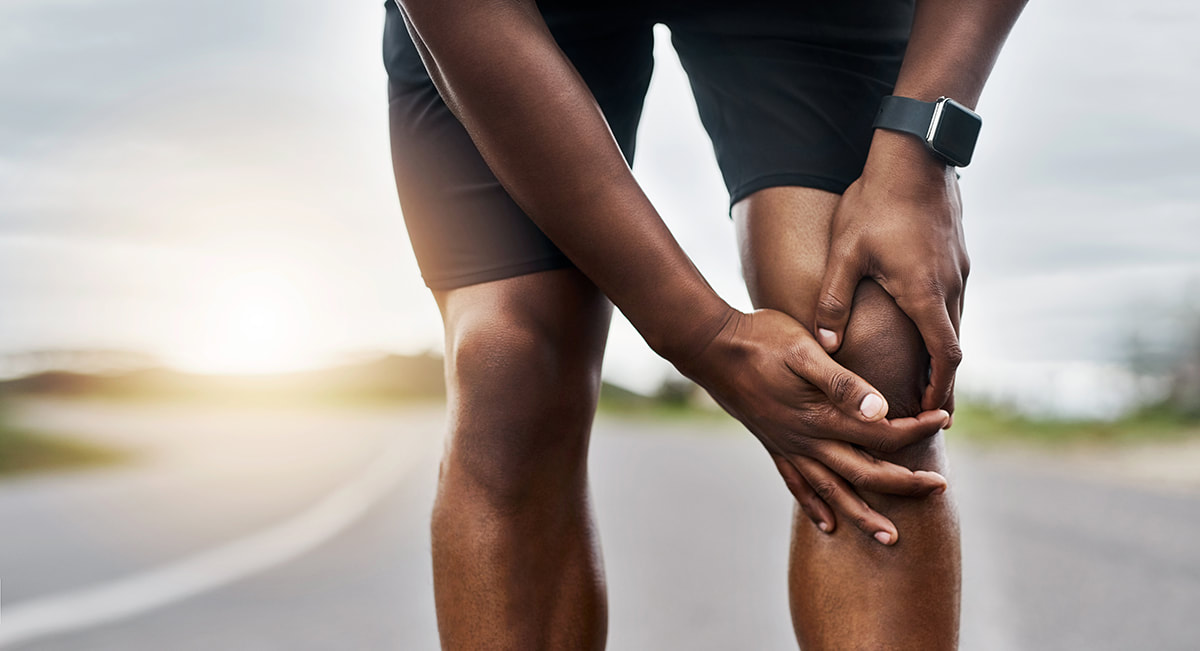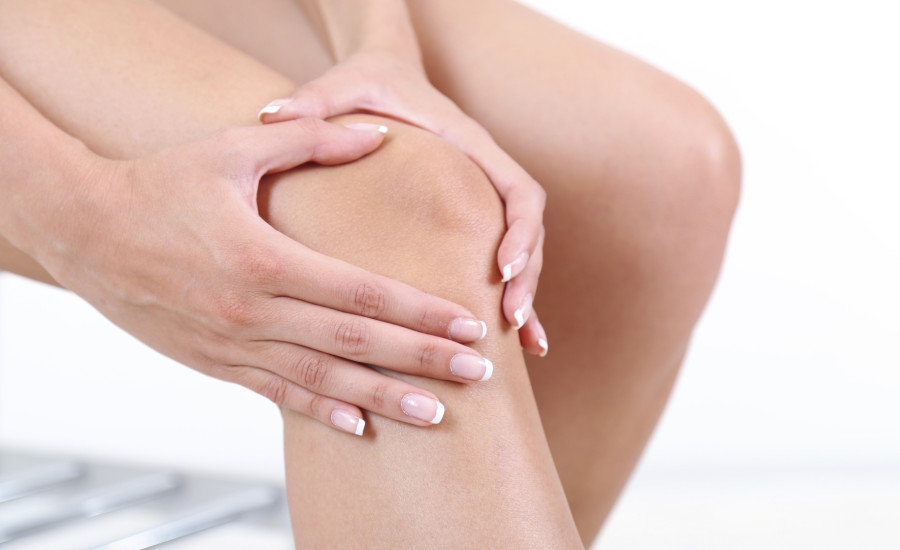|
If your arthritis was so severe that it resulted in getting a total knee replacement, you should know there are several ways to reintroduce activities that were too painful and difficult for you before surgery.
Assuming you are in physical therapy and cleared by your doctor to resume activities (in most cases after about 12 weeks), you should be ready to start a new sport or physical activity. Staying active will also help you strengthen your knee and make it more likely to function well for many years. Even if you're not hurting anymore post-surgery, it's completely normal to feel nervous that you’ll damage your new knee joint if you participate in physical activity. However, knee replacements have improved quite a bit over the last few decades and artificial replacements are designed to mimic a natural knee. This means that, like a natural knee, it needs exercise to function properly. The American Academy of Orthopaedic Surgeons (AAOS) recommends up to 30 minutes of exercise two to three times per day during the early recovery stages, in addition to daily walks. In general, low-impact exercises are best so you don't cause undue stress on your knees. Aerobic Exercises
Strength and Flexibility Training
At Staszak Physical Therapy & Wellness Center, we want to make sure you are able to heal and get back to doing what you enjoy. Between our therapists and the instructors and trainers at Evolve Fitness Studios, we have a great team here to make this happen for you. For physical therapy, give us a call at 541-505-8180. For workout support with trainers focused on injury prevention, call Evolve Fitness Studios at 541-844-1295.
0 Comments
Chances are that if you asked those around you, nearly everyone would admit that they have experienced knee pain to some degree. Whether it’s caused by arthritis, excessive foot pronation, or overuse of the muscles that protect these vulnerable joints, our knees take a beating. In fact, did you know that knee arthritis is the single greatest cause of chronic disability among U.S. adults ages 65 and older?
Here’s the good news: most chronic knee pain is avoidable. Research published in the New England Journal of Medicine suggests that exercise and physical therapy can be just as effective as surgery for relief from chronic knee pain related to arthritis. By strengthening and stretching key muscles and by learning ways to protect and take care of our knees, we can ultimately prolong the health of our knees. Here are 5 ways you can prevent and ease knee pain:
|
Our BlogRead here for more information about our practice, industry news, tips for taking care of your body, and great recipes for healthy living. Categories
All
|



 RSS Feed
RSS Feed